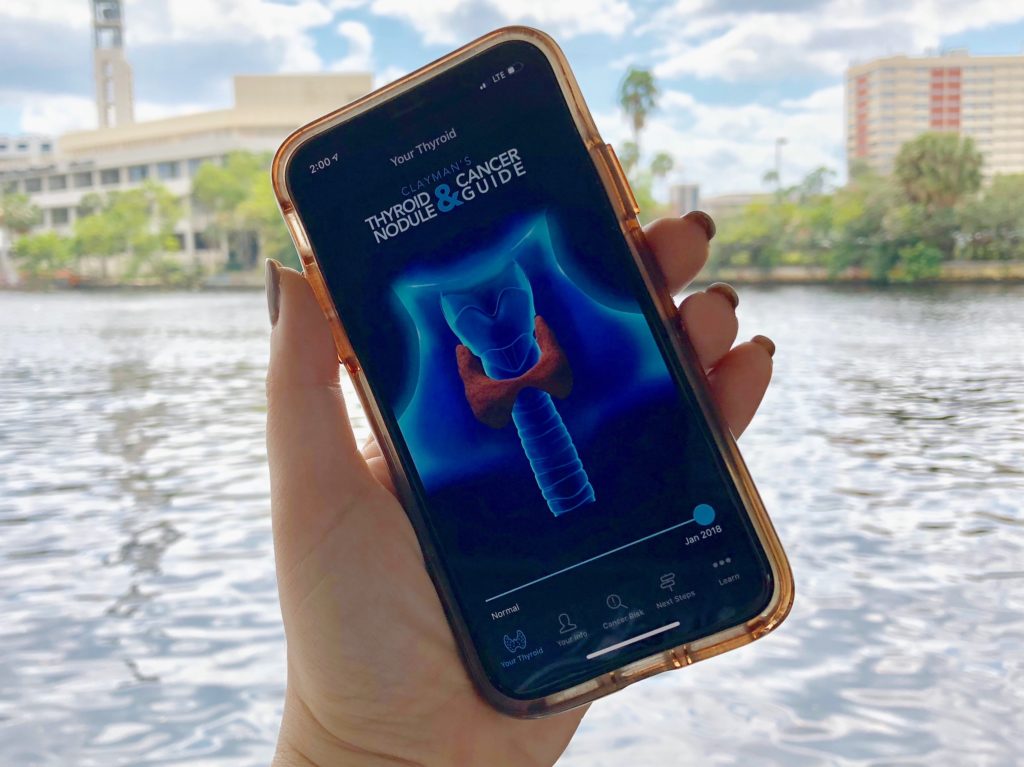
Buzz / 03 13, 2019
TOP DESIGN CONSIDERATIONS FOR MOBILE APPS IN 2019
It’s official – internet browsing on mobile devices has surpassed that on desktops. As a result, the mobile first approach has become an increasingly crucial factor when it comes to web design, and it is important that designers understand how to effectively create a seamless mobile experience.
It all starts with the User Interface (UI) and the User Experience (UX), which are two different disciplines of the front-end design. If you are unfamiliar with these terms, our Design Director Jason wrote an article on the topic which you can read here. Even if you are familiar with UX and UI, be sure to give it a read. He does a great job of breaking these concepts down in an easy to digest manner. For the purposes of this article, here is a basic summary:
UI allows you to use a thing, and UX is the way you feel about using that thing.
Now that we have a better understanding of UX and UI, let’s turn our focus to mobile app design. In order for an app to be successful, it must be designed to meet the users’ needs while also providing an easy and enjoyable experience. This means that the UX and UI should both be great. To achieve this, here are some things to consider before designing for mobile.
Screen Size
Responsiveness is the name of the game here. Mobile devices have much smaller screens than desktops, and therefore designers must be aware of which elements are important to include and which can be omitted. That being said, mobile devices have a very wide range of sizes. Look at Apple for example: Their 3 most recent iPhones all have different screen sizes ranging from 5.8 to 6.5 inches! Now think about how many different phones and tablets there are on the market today. Designers must consider these variations in screen sizes in order to ensure the design is consistent regardless of the device being used.
Finger Friendly Design
It is especially important to consider how users will interact with the app. With mobile devices, we use our fingers to navigate through. There are different hand gestures that have become standard use for tasks such as swiping to scroll through the page, and even double tap and pinch to zoom. When using mobile devices, users expect things to work a certain way, and it is important that designers consider these actions.
Button design is also an important consideration in this category. Because users will be tapping with their fingers, buttons need to be large enough to tap with ease. Similarly, important buttons like delete or submit should be placed in a location on the screen that won’t accidentally get tapped, whereas the commonly used buttons and call to actions should be placed in an easy to reach area in order to encourage use.
Keep it simple
This goes along with the first consideration about screen size. Because the screens on mobile devices are relatively small, it is important to keep the design simple. Now don’t take this to mean that you have to stick with a minimalistic design and can’t be creative, you just need to choose which features are worth sprucing up.
For example, here at Haneke Design we created an app for Clayman Thyroid Center that helps educate patients in the analysis of their thyroid nodules. The app is extremely simple to use – users enter relevant medical information and they are then presented with gauges that show their probability for cancer as well as what next step should be taken.

The design makes the complex information easy to digest, but most importantly the navigation is very simple. Each screen only has one action, and scrolling is kept to a minimum as to not overwhelm the user with information.
Stay Consistent
Maintaining consistency across the application will provide familiarity and ease of use for the end user. It is necessary that you define your elements then repeat them throughout the app. These elements include but are not limited to style and color, fonts and font sizes, and even buttons.
Final Thoughts
Designing the UX/UI for mobile devices is much different from that of desktops. The topics we discussed in this article only brush the surface of what needs to be considered when designing mobile apps. It is important to do your research and ensure that every detail is thought through.
It is necessary that designers pay attention to the details in order to deliver the best possible user experience, because having a well-made mobile application greatly increases accessibility and therefore the number of users visiting you online.
Interested in creating an app for your business? Feel free to reach out to Haneke Design. We are a firm that specializes in engaging users through the Internet of Things, whether through a customized marketing strategy or a new mobile app!



